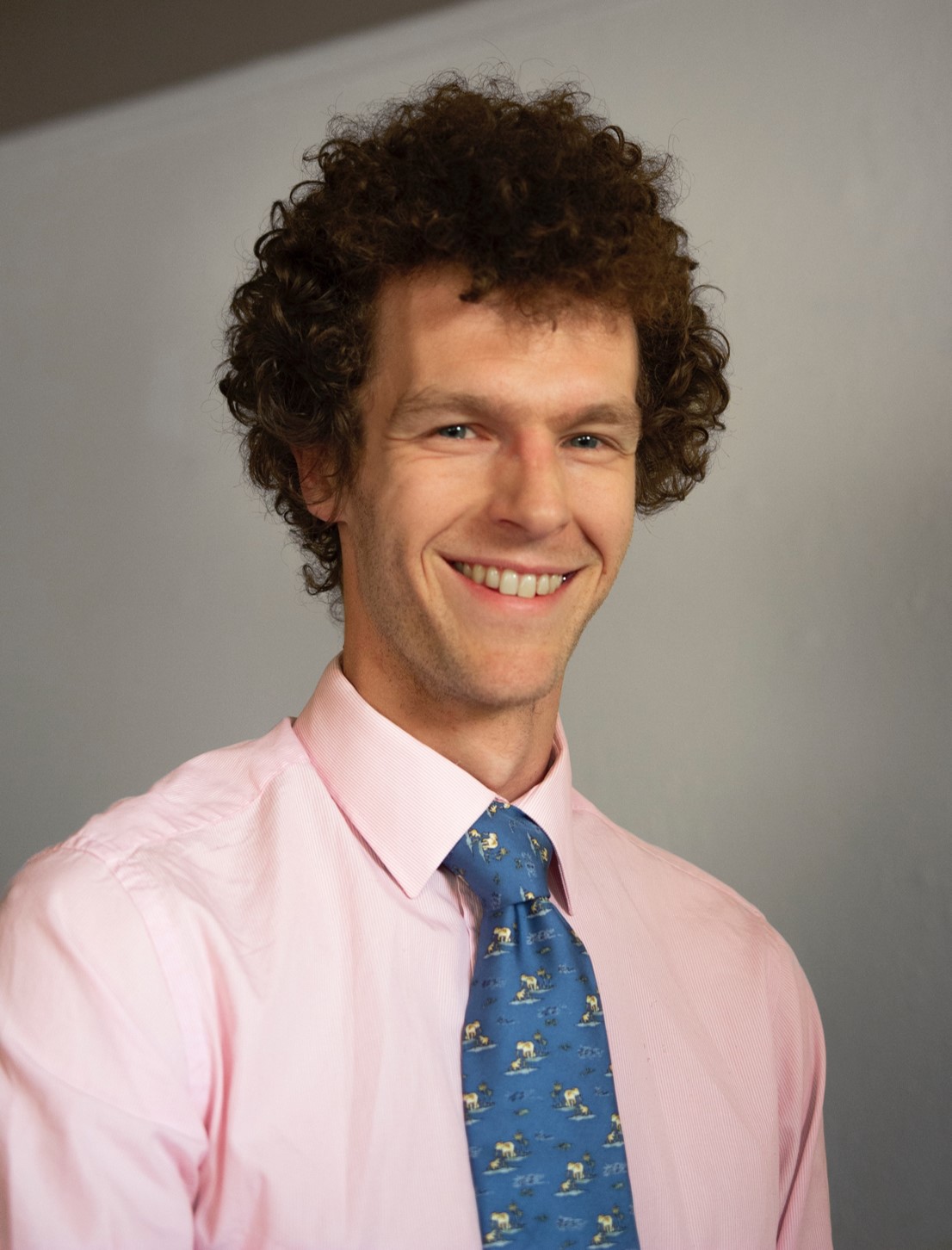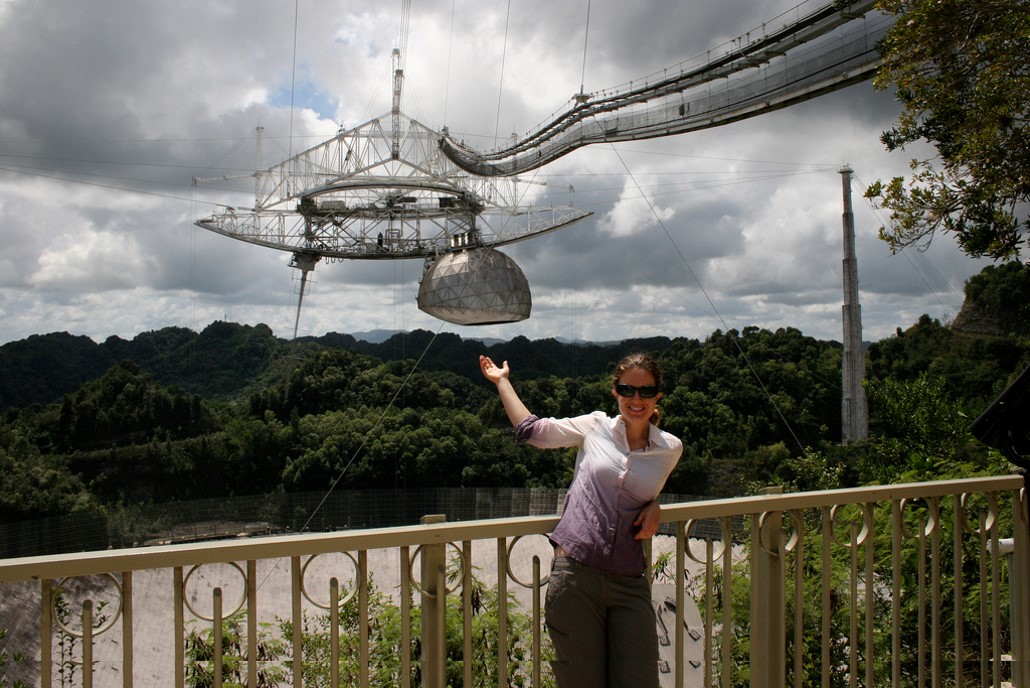12th Annual College of Science Graduate Student Awards
The Department of Planetary Sciences/Lunar and Planetary Laboratory was pleased to honor the following students as recipients of the 2019 College of Science Graduate Student Awards (Associate Graduate Council for the College of Science). Students were recognized at the College of Science reception held on April 11 and the LPL spring awards reception on April 17.
Outstanding Scholarship: Hamish Hay
 Hamish Hay, recipient of the 2019 LPL Kuiper Award, was also named as the LPL recipient of the College of Science Graduate Student Award for Scholarship. Hamish studies how planets and moons deform in response to tidal forces. Periodic tidal deformation in both the solid and liquid parts of any planet/moon result in heating via friction which has consequences for how their interior structures evolve over time. This is particularly important for the ocean worlds Europa and Enceladus, the most sought after astrobiological targets of future space missions. In particular, Hamish studies how tidal heating occurs in the oceans of icy moons, and how this is affected by miles of ice sitting on top of the ocean’s surface. Hamish received a Master of Science in Geophysics from Imperial College London, 2014. He is a fifth-year student working with Associate Professor Isamu Matsuyama.
Hamish Hay, recipient of the 2019 LPL Kuiper Award, was also named as the LPL recipient of the College of Science Graduate Student Award for Scholarship. Hamish studies how planets and moons deform in response to tidal forces. Periodic tidal deformation in both the solid and liquid parts of any planet/moon result in heating via friction which has consequences for how their interior structures evolve over time. This is particularly important for the ocean worlds Europa and Enceladus, the most sought after astrobiological targets of future space missions. In particular, Hamish studies how tidal heating occurs in the oceans of icy moons, and how this is affected by miles of ice sitting on top of the ocean’s surface. Hamish received a Master of Science in Geophysics from Imperial College London, 2014. He is a fifth-year student working with Associate Professor Isamu Matsuyama.
- Hay and Matsuyama, “Tides between the TRAPPIST-1 planets”, The Astrophysical Journal, 2019, 875:22.
- Hay and Matsuyama, “Nonlinear tidal dissipation in the subsurface oceans of Enceladus and other icy satellites,” Icarus 2019, 319:68-85.
- Matsuyama, Beuthe, Hay, et al., “Ocean tidal heating in icy satellites with solid shells,” Icarus, 2018, 312:208-230.
- Hay and Matsuyama, “Numerically modelling tidal dissipation with bottom drag in the oceans of Titan and Enceladus,” Icarus 2017, 281:342-356.
Outstanding Service and Outreach: Alessondra Springmann
 Alessondra Springmann, fifth-year student, was the LPL nominee for the College of Science Award for Service and recipient of the LPL Leif Andersson Award for Service and Outreach. She earned a Bachelor of Arts in Astrophysics (Wellesley College) in 2007 and a Master of Science in Earth & Planetary Sciences from the Massachusetts Institute of Technology in 2011.
Alessondra Springmann, fifth-year student, was the LPL nominee for the College of Science Award for Service and recipient of the LPL Leif Andersson Award for Service and Outreach. She earned a Bachelor of Arts in Astrophysics (Wellesley College) in 2007 and a Master of Science in Earth & Planetary Sciences from the Massachusetts Institute of Technology in 2011.
Alessondra's service work includes: Lunar & Small Bodies Graduate Conference co-organizer; LPL department colloquium graduate organizer; service as moderator for a forum of 1200+ Wellesley alumnæ in academia; outreach volunteer at Spacefest and Tohono O’odham Rodeo; organizer for a supply drive after Hurricane María for surrounding communities of Arecibo, Puerto Rico; Women in Optics “Launching Your Career” panel participant; Instigator of Division for Planetary Sciences of the American Astronomical Society Allyship Auxiliary; discussion lead on harassment in astronomy at LPL and NOAO; Executive Secretary for three NASA Planetary Science review panels; Arecibo Observatory colloquium organizer.
Alessondra is advised by Associate Professor Walt Harris. She studies the effects resulting from thermal processing on asteroids and comets, including release of labile elements from primitive meteorites similar in composition to asteroid (101955) Bennu, and outbursts of dust grains and gases from Jupiter-family comets as observed with ground-based planetary radar and visible-wavelength telescopes.
Outstanding Teaching and Mentoring: Tracy Esman
 Tracy Esman was named the recipient of the College of Science Outstanding Teaching and Mentoring award for LPL, specifically for her work in Professor Steve Kortenkamp's spring 2018 section of PTYS/ASTR 170B2, for which she received the LPL Outstanding Graduate Teaching Assistant Award.
Tracy Esman was named the recipient of the College of Science Outstanding Teaching and Mentoring award for LPL, specifically for her work in Professor Steve Kortenkamp's spring 2018 section of PTYS/ASTR 170B2, for which she received the LPL Outstanding Graduate Teaching Assistant Award.
Tracy received a bachelor's degree in Astronomy-Physics from the University of Virginia in 2015. She is a fourth-year student advised by Professor Joe Giacalone and Dr. Jared Espley (NASA Goddard Space Flight Center). Her research interests are the magnetic environments of planets. Specifically, Tracy studies plasma interactions between the solar wind and the Martian system, including the resulting waves. These interactions can affect ion escape and create instabilities in the induced magnetosphere. Tracy also studies the crustal magnetic fields on Mars. Many questions remain about how they affect escape of the Martian atmosphere. These regions of increased magnetic fields provide limited protection from the solar wind and a unique area of plasma interactions—the crustal fields may be the key to creating an environment capable of producing lightning

